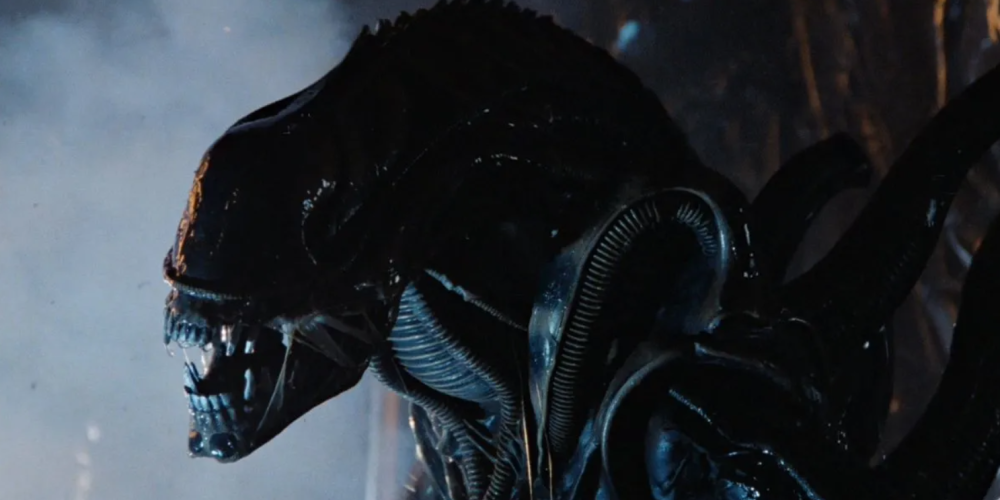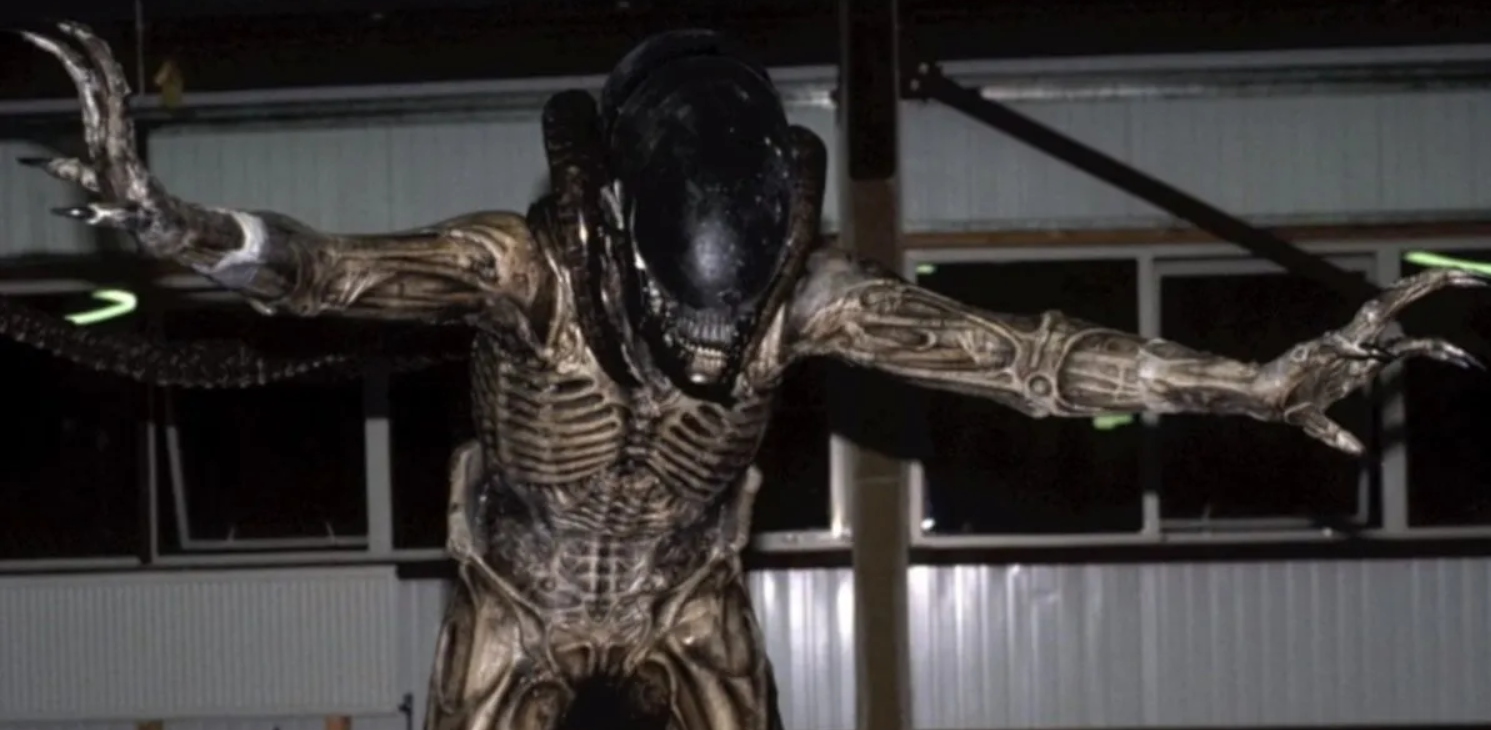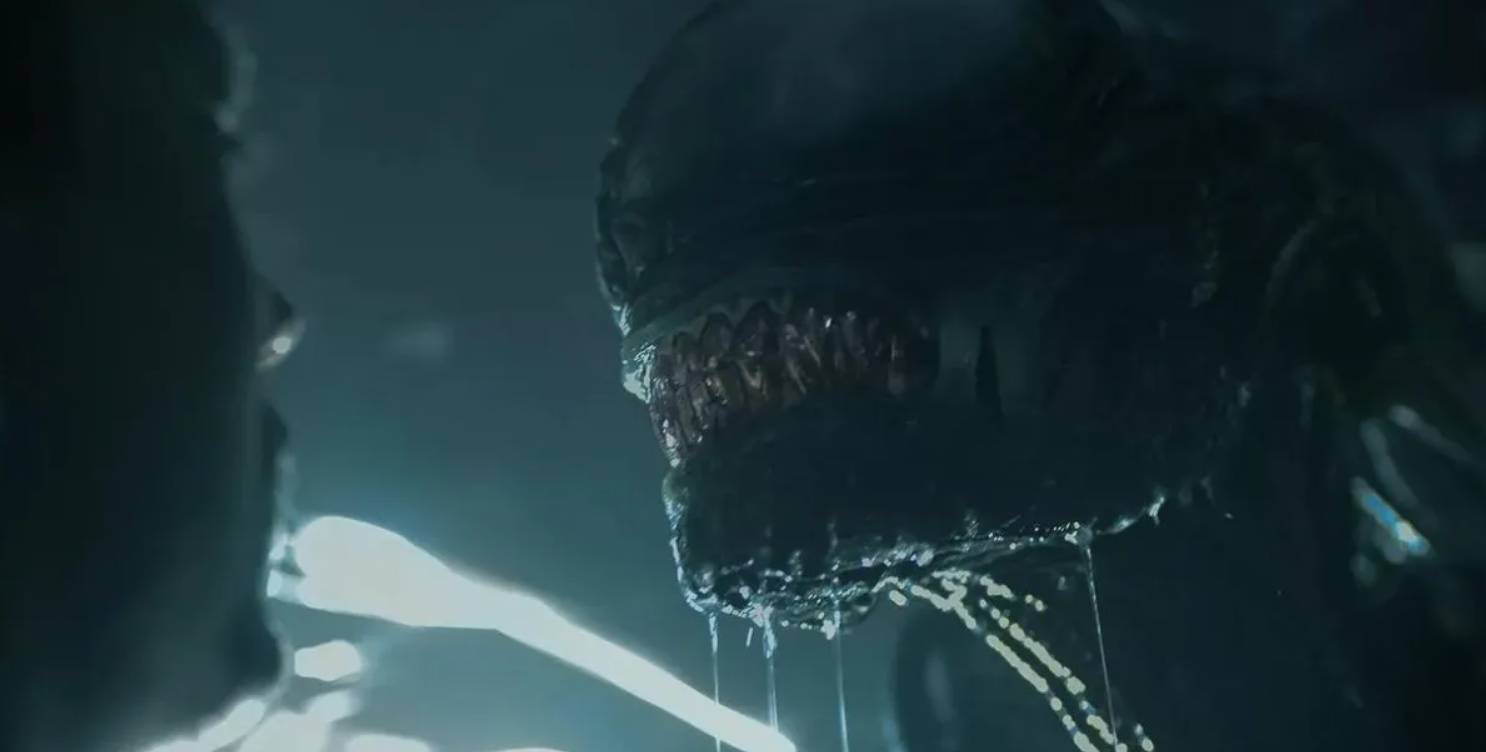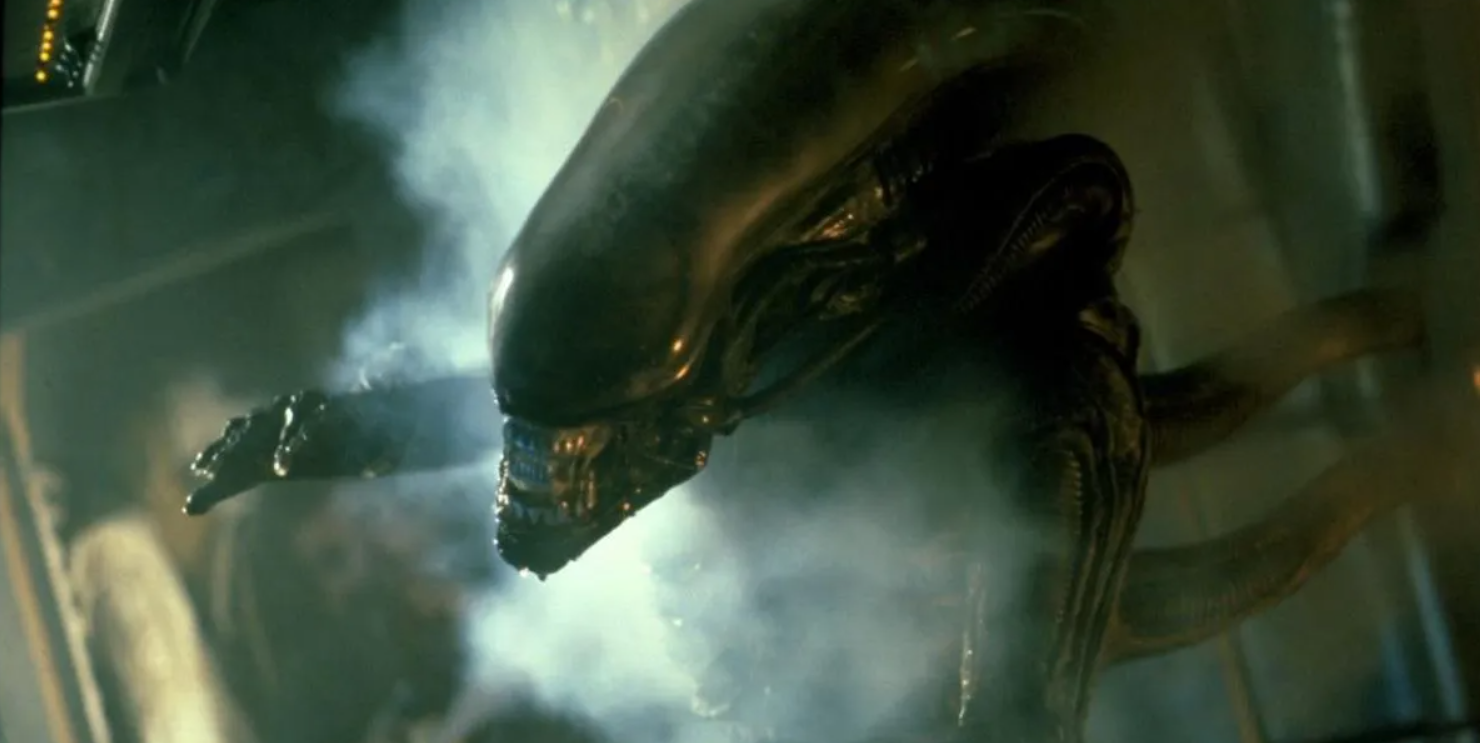Reviving Legacy: The Return of Holm and the Future of Alien in Romulus
- 0

In the world of cinema, few franchises ignite as much passion and curiosity as the “Alien” series. With its perfect blend of horror and science fiction, it has left an indelible mark on audiences since its inception. As fans eagerly anticipate the release of “Alien: Romulus,” set to grace theaters in 2024, they find themselves not only excited for a new narrative but also intrigued by the return of an iconic character, albeit in an unexpected form. This exploration invites viewers to look back at the franchise's beloved legacy while tuning into the perilous adventures that lie ahead.
A New Chapter in the Alien Saga

“Alien: Romulus” introduces a brand-new story that bridges the gap between the original film and its sequel, “Aliens.” This film delves into the adventures of a group of young explorers who stumble upon an abandoned space station, thrusting them into a chilling encounter with the unknown. While the movie stands on its own, its placement within the timeline enriches the experience, allowing for seamless connections and nods to past plots.
As we prepare ourselves for this voyage into space, spoilers lurk on the horizon. For those wishing to avoid plot revelations, it’s wise to tread carefully as we dive deeper into the film's surprises.
Unforeseen Appearances
Among the unexpected elements that “Alien: Romulus” has to offer, one stands out distinctly: the return of Ian Holm’s character, or rather, a new character portrayed by the late actor. Holm originally captivated audiences as Science Officer Ash in the 1979 film, making quite an impression as a synthetic life form working covertly for the Weyland-Yutani Corporation. His character's shocking reveal and ultimate demise left fans with lingering questions about the nature of artificial intelligence within this universe.
Reintroduction of Science Officer Rook
In this latest installment, Holm returns not as Ash but as Science Officer Rook. This time, Rook’s fate is sealed from the start, as the group of explorers discovers him lying incapacitated — or rather, his dismembered torso. The revelations surrounding Rook suggest that Weyland-Yutani has produced multiple androids bearing likenesses to Holm’s original character, showcasing a chilling consistency in their pursuit of technological advancement at any cost. Rook is just as devoted to the Corporation as Ash once was, with a primary directive that echoes the past: to “complete the mission.”
Unraveling the Mission

Rook’s mission centers around a groundbreaking compound derived from genetic material extracted from a xenomorph — the infamous creatures that haunt the franchise. This 'Prometheus file' aims to "upgrade humanity" in a galaxy where safety has become a rarity. The disturbing notion that human lives are expendable in the face of corporate ambition permeates the storytelling. Rook, unfazed by the destiny of the group, sets in motion a series of events that lead to their harrowing trials and tribulations.
A Fitting Conclusion for a Villain
Rook’s storyline reaches a climactic end when the space station, once a place of intrigue, meets a cataclysmic fate, mirroring the destructive path of ambition. As the station collides with a planetary ring, Rook’s character faces a denouement befitting a villain devoted entirely to his mission. The looming question, however, remains: What does this signify for the protagonists who are mere pawns in a larger game?
The Magic of Digital Resurrection
As we contemplate Holm's involvement in “Alien: Romulus,” it becomes necessary to address the technical marvel surrounding his portrayal of Rook. Despite Holm’s passing in 2020, the film gives him a fully fleshed-out role. The credits reveal that although Holm’s likeness and voice are used, the actual performance is rendered by actor Daniel Betts, who lends his skills to help bring Rook back to life through digital effects. The merging of old footage with new performances exemplifies cinema’s ever-evolving relationship with technology.
Similar to the resurrected characters of Peter Cushing’s Tarkin in “Rogue One,” the blending of past and present raises ethical questions and artistic debates. The potential inclusion of AI technology to craft this portrayal adds another layer of complexity to the discussion, leaving audiences to ponder the implications of reviving deceased actors for modern narratives.
The Legacy of Alien

“Alien: Romulus” is not merely an echo of past films; it is a fresh endeavor that channels the haunting spirit of the franchise while pushing boundaries in narrative and technology. Audiences can now experience the essence of the series intertwined with the innovative storytelling practices of our time.
With “Alien: Romulus” now playing in theaters worldwide, fans can once again immerse themselves in the universe where xenomorphs threaten humanity’s existence and ethical dilemmas unfold within the shadows of corporate greed. This film promises not just to entertain but to provoke thought about humanity's pursuit of knowledge, the ramifications of technological advancement, and the essence of what it means to be human.
In closing, along with the film’s rich narrative tapestry, we invite avid viewers to delve into the entire “Alien” franchise in order to fully appreciate the intricate connections that span across the decades. “Alien: Romulus” is more than a continuation; it is part of a legacy that continues to evolve, inviting new explorations and igniting old passions.